Embedded System (Embedded System) refers to a collection of computer hardware and software with specific functions or uses, which are divided into embedded software systems and embedded hardware systems. In applications such as intelligent control devices and portable intelligent instruments, it is often required to install the intelligent control part inside the device for consideration of factors such as product size and cost, and the space occupied is as small as possible. The processor does not have a general-purpose hard disk, only a limited amount of memory and a commonly used Flash electronic disk. Such a system is called an embedded system. The operating system and functional software of the embedded system are integrated into the computer hardware system, that is, the integration of software and hardware. Embedded systems are highly targeted or targeted, with small software code, high automation, and fast response. This is the main difference from general-purpose computer systems. Embedded technology is inextricably linked to real-time.
2 from the application of microcontroller to embedded operating systemEmbedded systems began in the 1980s with the use of microcontrollers. The technology of single-chip microcomputer has penetrated into various fields and is inseparable from people's daily life, which brings great convenience to people's life and industrial production. The function of the single chip microcomputer is from the signal acquisition, processing to transmission can be completed by the single chip microcomputer. However, with the advent of the Internet age, many electronic devices require networking and smarter, more powerful computing capabilities, such as audio, video data acquisition, processing and transmission; rich graphical interface.
MCUs are increasingly unable to meet the needs of application objects, and development work has become more complex and large. With the advancement of microelectronics technology, the manufacturing cost of the chip is greatly reduced, and the function is greatly enhanced. The 16-bit and 32-bit embedded microprocessors have gradually become the mainstream of embedded system design. However, only embedded microprocessors are not enough, and OEMs (original equipment manufacturers) need an operating system that runs on an embedded microprocessor. The embedded operating system should have good portability and can be used in microprocessors selected according to application requirements; software development work becomes standardized, easy to test, modular programming can be realized, and one task is completed by multiple people. Solve many unsafe hidden dangers in the past development products. Many software vendors cater to the needs of embedded system development and have introduced embedded operating systems with many different features. For example, Windows CE from MICROSOFt, Palm OS from 3COM, EPOC from Symbian, HOpen from the Kathy Group of the Chinese Academy of Sciences, and Linux.
3 Windows CE 3.0 real-time operating system and its performance analysis3.1 Windows CE
The Windows CE operating system is the result of Microsoft's efforts to develop the "information at your fingertips" vision. With Windows CE, Microsoft offers a standard open platform that dramatically reduces the conflict between hardware manufacturers (IHVs), software developers (SHVs), and customers who will eventually adopt a new generation of non-PC technology solutions. Windows CE is a powerful open 32-bit real-time embedded operating system for quickly building a new generation of smart devices with less memory and smaller size. Examples include industrial controllers, handheld devices, smart phones, set-top boxes, and retail point devices. Currently, many handheld computers (PDAs), global positioning systems (GPS), geographic information systems (GIS), and automotive PCs (Auto PCs) use Windows CE operating systems.
3.2 Windows CE 3.0 performance characteristics
Windows CE is an embedded operating system with preemptive multitasking and powerful communication capabilities. It is a new, portable, real-time, modular operating system with a popular Microsoft program development interface that provides many tools for quickly developing embedded systems.
(1) New kernel
Windows CE looks a lot like Windows 9X/NT, but it's not a simplified version of these operating systems, nor is it ported from these systems. Windows CE has a new kernel and task scheduling, memory management strategy.
(2) Portability
Because the Windows CE operating system is written almost entirely in C, it can be ported to a wide range of 32-bit microprocessors; it supports a variety of processor families, including x86, PowerPC, ARM, MIPS, and SH. Microsoft provides a complete system library for each supported processor family. Windows CE can be adapted to any hardware platform through the OEM Adaptation Layer OAL (OEM AdaptaTIon Layer). The OAL is the code layer that resides between the CE core and the hardware. Original equipment manufacturers use these codes to adapt CE to their own hardware. OAL links CE's kernel and custom hardware.
(3) Real-time
The real-time performance of Windows CE 2.1 and its previous versions is not strong, but the real-time performance of Windows CE 3.0 and later is significantly improved. The real-time performance of Windows CE 3.0 is mainly achieved by the following technologies: support for nested interrupts, high-priority interrupts do not need to wait for low-priority interrupt service routines (ISR) to complete; 256 thread priorities, flexible scheduling of embedded The task of the system; improve the thread response time by fixing the maximum scheduling delay of the high priority interrupt service thread (IST); use the API functions CeSetThreadQuantum and CeGetThreadQuantum to modify the thread size of the thread in the operating system; the response time of the interrupt service subroutine is very short; signal. On the Windows CE-based reference platform, using the Hitachi SH3 microprocessor, the system can start an interrupt service routine (ISR) within 2~5μs and start the corresponding interrupt service thread within 90~170μs. Many other Windows CE-based platforms have shorter response times if other factors such as CPU type, clock frequency, bus speed, etc. are considered.
(4) Modular
Because memory resources are very limited in mobile and embedded devices, Windows CE is designed as a modular operating system, and designers only need to select the modules they need to meet the memory requirements of the specified platform. The structure of Windows CE is shown in Figure 1. It mainly consists of four modules: Kernel, Graphics Window Event Subsystem (GWES), File System (Filesys) and Communication Module (CommunicaTIons). Kernel is responsible for interrupt handling, process and thread management, virtual memory management and other related tasks; GWES (Graphics Windowing and Events Subsystem) is equivalent to desktop Windows graphical device interface GDI and user library; Filesys is used for permanent storage, including file system, registration Tables and databases; the CommunicaTIons module is responsible for interconnecting desktop PCs, other CE devices, and the Internet. Each module is divided into many small components. When you cut Windows CE, you can select only those components that you need.

(5) Win32 compatibility
Windows CE uses the same programming model as Windows 95/NT. Its API is a subset of the Win32 API. There are about 600 API functions that can be used to implement all embedded applications. CE only supports UNICODE codes, and the CE API removes functions that include ANSI string parameters in the Win32 API. CE also supports current popular software technologies and runtime libraries, such as MFC (Microsoft FoundaTIon Class), ATL (Active Template Library), EVC (Embedded Visual C), and EVB (Embedded Visual Basic). Win32 compatibility makes it easy to port ready-made Windows applications to Windows CE. Many developers are currently proficient in Windows programming techniques, and they can develop Windows CE applications with little knowledge.
The development of PC technology will inevitably appear to be polarized: on the one hand, PC functions will be further strengthened to reach the level of previous workstations and minicomputers; on the other hand, intelligent electronic devices for general consumers and specific uses will emerge in large numbers. The latter will generally adopt an embedded operating system similar to Windows CE.
3D printing on the pen machine is mainly used in 3 d printing pen, is made from a special custom Dc Gear Motor, mainly used in 3 d printing pen, pen 3 d printing machine has been updated three generations according to the requirements of product.
3D Printing Motor product introduction:
The 3D Printing Motor is based on the deceleration Motor, coupled with supporting gears and ball bearings.The role of the gear reducer is to provide lower speed and greater torque.At the same time, gear box different deceleration ratio can provide different speed and torque.It's mostly rolling.
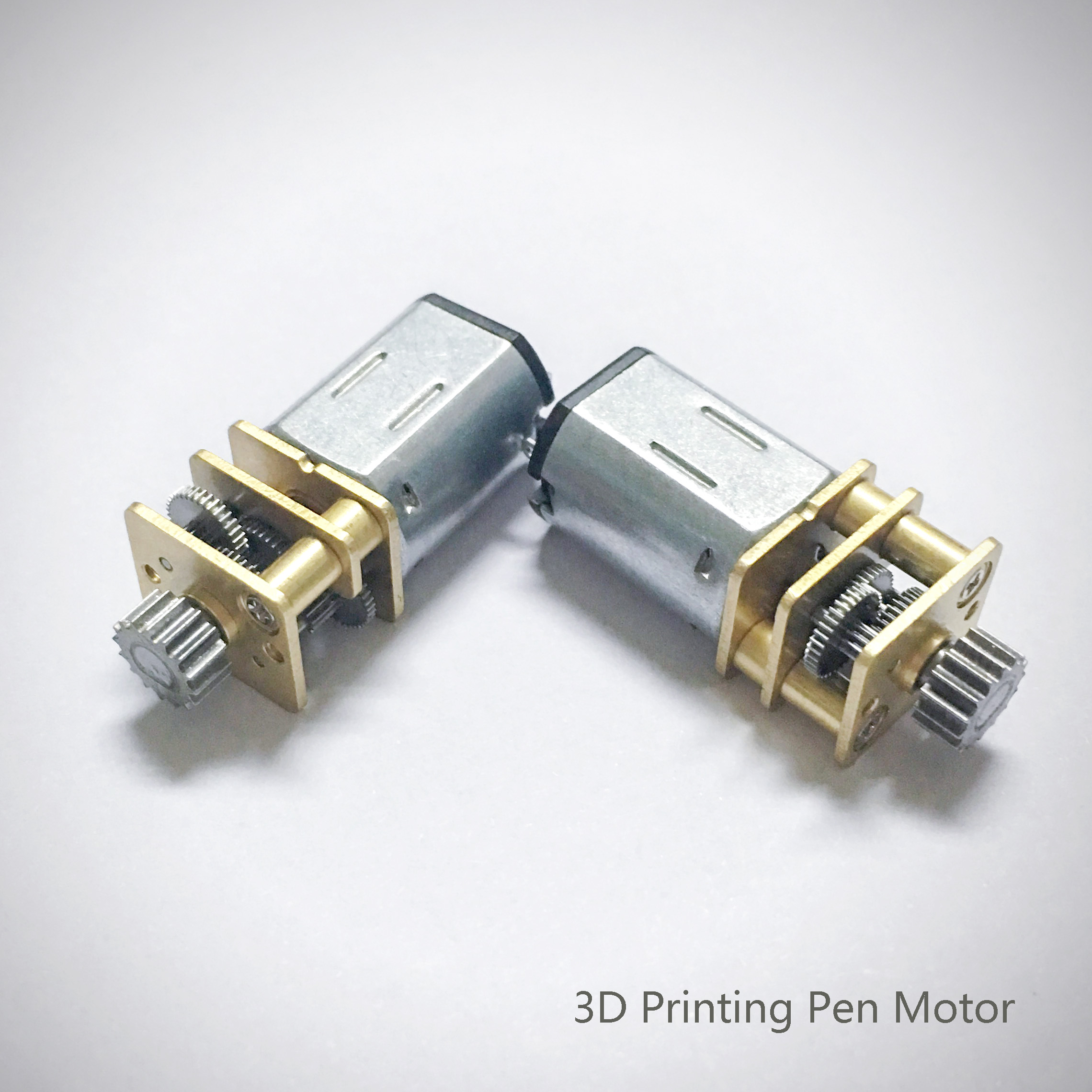
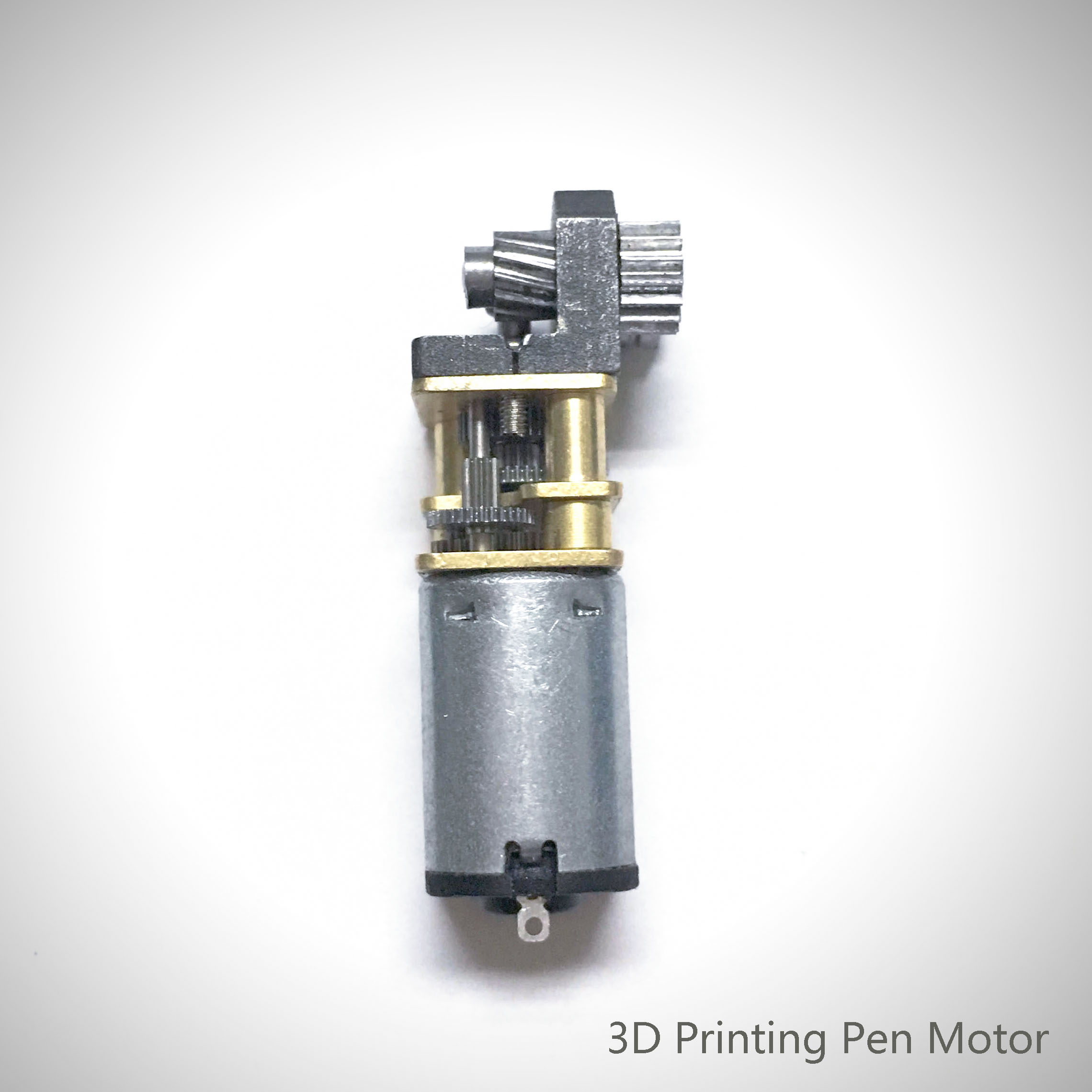
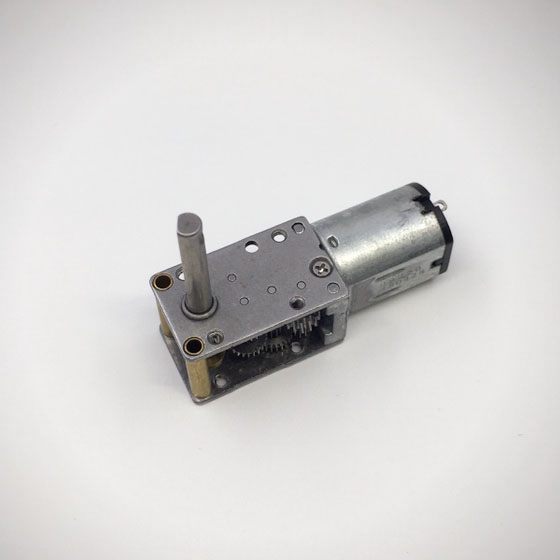
Features: 3D Printing Motor, small size, large torque, low noise, durable, low energy consumption, customized power design, convenient installation and maintenance;
Simplify design and save space.
Features: usually used financial equipment, office equipment, electronic locks, wireless charger, remote control toys, precision instruments and meters, automobile industry, medical equipment, consumer electronics, household appliances, electric glass doors and Windows, etc., wide application range
Method of use: the best stable in horizontal plane, installed on the 3D Printing Motor output shaft parts, cannot use a hammer to knock, knock prone to press into the 3D Printing Motor drive, may cause damage to internal components, and cannot be used in the case of blocked.
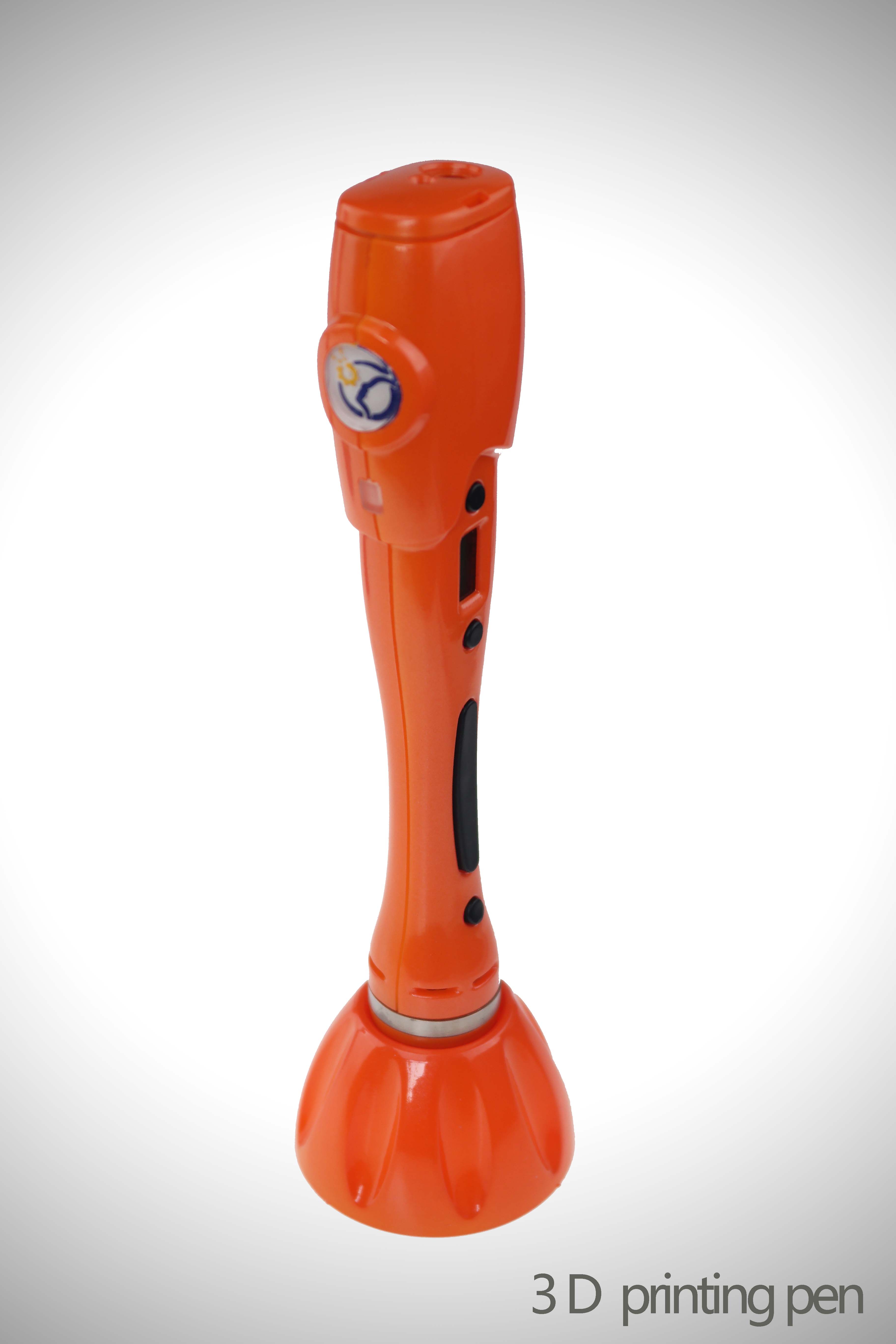

Operating temperature range:
3D Printing Motor should be used at a temperature of -10~60℃.
The figures stated in the catalog specifications are based on use at ordinary room temperature catalog specifications re based on use at ordinary room temperature (approximately20~25℃.
If a 3D Printing Motor is used outside the prescribed temperature range,the grease on the gearhead area will become unable to function normally and the motor will become unable to start.Depending on the temperature conditions ,it may be possible to deal with them by changing the grease of the motor's parts.Please feel free to consult with us about this.
Storage temperature range:
3D Printing Motor should be stored ta a temperature of -15~65℃.
In case of storage outside this range,the grease on the gearhead area will become unable to function normally and the motor will become unable to start.
Service life:
The longevity of 3D Printing Motor is greatly affected by the load conditions , the mode of operation,the environment of use ,etc.Therefore,it is necessary to check the conditions under which the product will actually be used .The following conditions will have a negative effect on longevity.Please consult with us should any of them apply.â—Use with a load that exceeds the rated torque
â—Frequent starting
â—Momentary reversals of turning direction
â—Impact loads
â—Long-term continuous operation
â—Forced turning using the output shaft
â—Use in which the permitted overhang load or the permitted thrust load is exceeded
â—A pulse drive ,e.g.,a short break,counter electromotive force,PWM control
â—Use of a voltage that is nonstandard as regards the rated voltage
â—Use outside the prescribed temperature or relative-humidity range,or in a special environment.
â—Please consult with us about these or any other conditions of use that may apply,so that we can be sure that you select the most appropriate model.
when it come to volume production,we're a major player as well .each month,we rurn out 600000 units,all of which are compliant with the rohs directive.Have any questions or special needed, please contact us, we have the engineer group and best sales department to service to you Looking forward to your inquiry. Welcome to our factory.
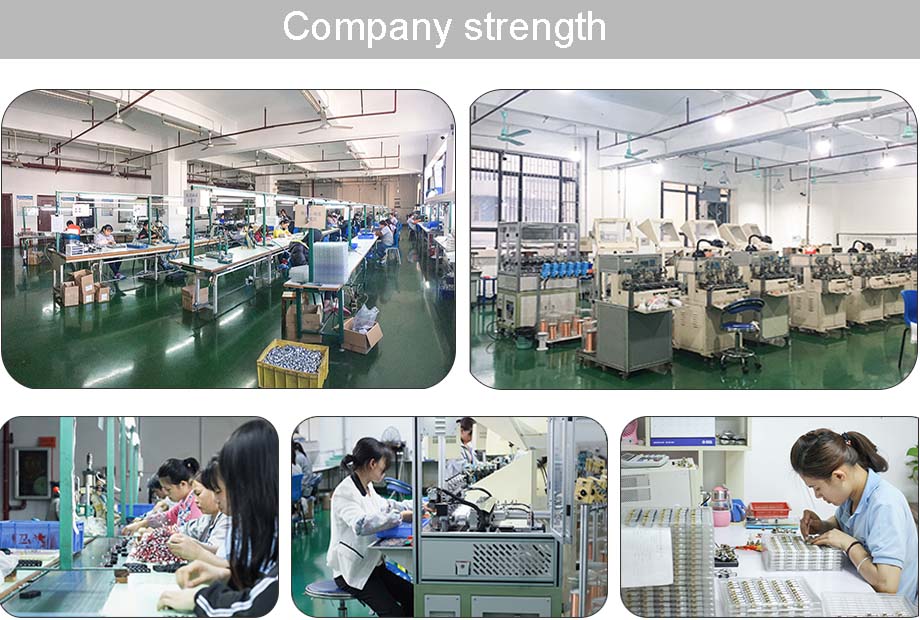
3D Printing Motor,3D Printing Gear Motor,3D Printing Pen Motor,3D Printing Spindle Motor
Shenzhen Shunchang Motor Co., LTD. , https://www.scgearmotor.com